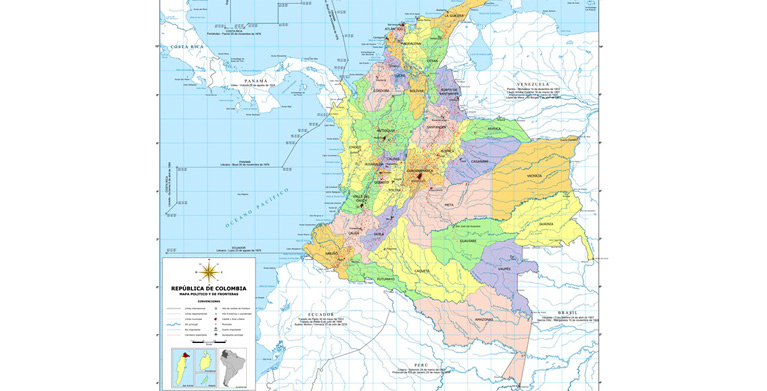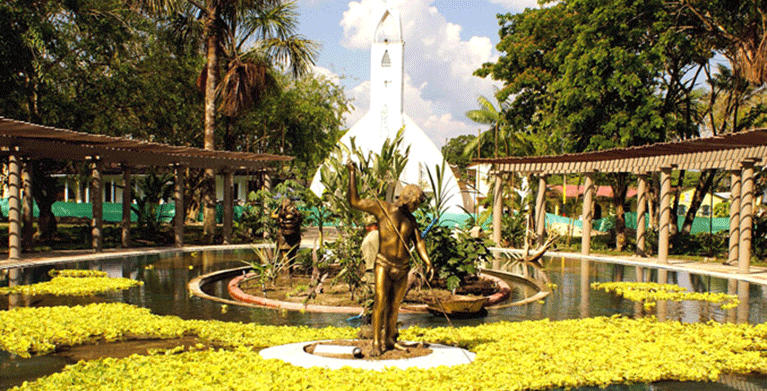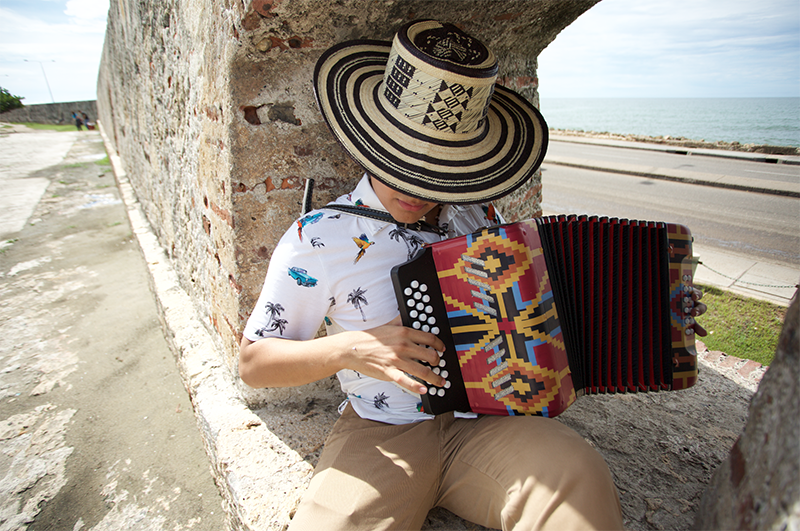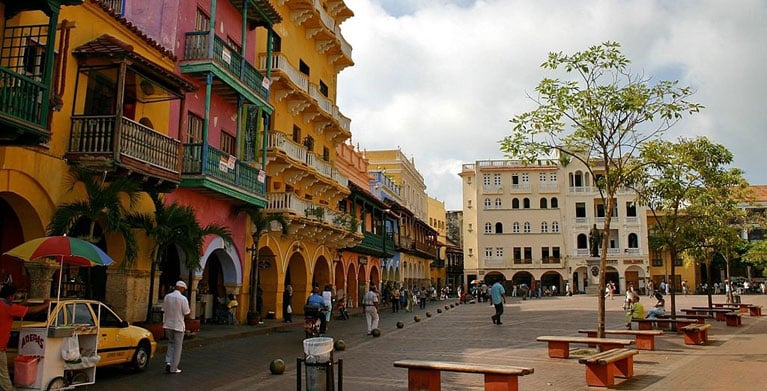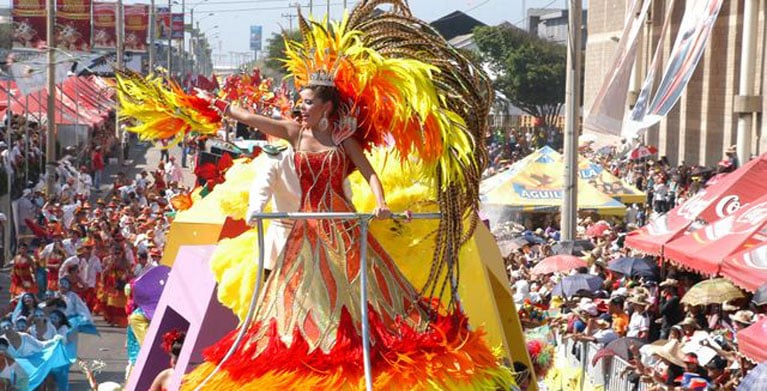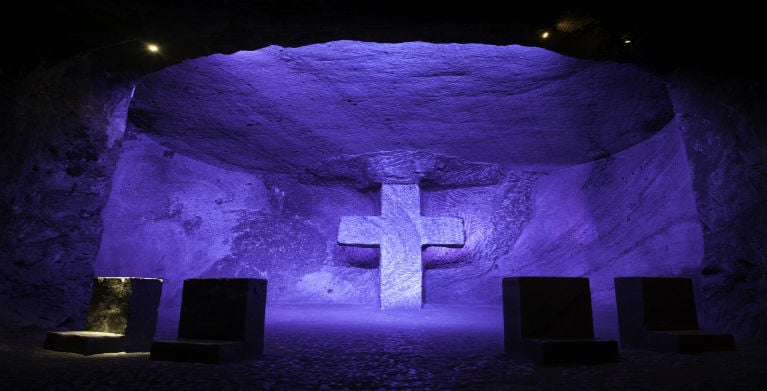Visitors are often amazed by Colombia’s world famous diversity, from its climates and terrains to its flora and fauna, but few consider the incredible number of native languages spoken on Colombia’s shores. In fact, Colombians speak so many distinct languages, it’s almost impossible to count them.
Indigenous languages, our ancestors’ tongues.
Most Colombians speak Spanish, probably around 99%, but there are plenty who speak the language of the conquistadores as a second tongue, alongside the indigenous language of their birth. The difficulty with counting all those indigenous languages is that linguists often disagree about whether a language is distinct or just a different dialect.
Experts guess there are around 70 indigenous languages spoken in Colombia and more than 750,000 Colombians speak them. Many of these tongues come from well-established indigenous lineages, such as Arhuaco and Quechuan, but others are spoken by isolated tribes who have only recently come into contact with the rest of the world.
Although Colombia is in the top four in the world, alongside Brazil, Mexico and Peru, when it comes to the number of indigenous languages spoken by its citizens, preserving these languages has often been a challenge.
The decline of the indigenous languages
For many years, Colombia’s indigenous language speakers were not recognised as bi-lingual at university, with universities preferring their students to have a second European language, such as English, French or German. Colombian schools taught their curriculum in solely in Spanish too.
Indigenous people have also been displaced over the years and others simply moved into Colombia’s biggest cities in search of jobs. They began to learn and speak Spanish, some because it was necessary and others because they saw it as the best way to advance.
Colombia’s multilingualism fell into peril. Some languages – such as Tinigua, whose only speaker is thought to have died in 2008 – were lost altogether. Others were in grave danger, such as Barasana, which perhaps only 200 people speak or Uitoto, which may number as little as 50. Experts at the time suggested there were just three indigenous Colombian languages still spoken by more than 50,000 people.
The recovery of our linguistic heritage
Fears that Colombia would lose such a vital part of its identity changed the way its indigenous languages were viewed. But, nowadays, with new policies, awareness and teaching programs, the situation is improving.
Colombia’s National University, for example, has offered courses in Nasa, Uitoto, Embera and Wayuu. And studies have found that around 80% of indigenous Colombians now speak their mother tongue, as opposed to the 60% reported 30 years ago.
Creole, the mixture of multiple languages.
Indigenous languages are not the only non-Spanish languages spoken in Colombia though. Colombians also speak two different forms of Creole, meaning they speak one language that has developed from another.
The Creole spoken in the islands of San Andres and Providencia was originally English but over the years has blended with Spanish, Kwa (from the Ivory Coast, Ghana and Togo) and Igbo (from Nigeria) to become a new language altogether. In fact, the islands’ 75,000 inhabitants generally speak Creole, English and Spanish and efforts are made to provide education in all three.
Palenque Creole, on the other hand, began as Spanish and is the only Spanish-based Creole language in all of Latin America. It is mostly spoken by the residents of San Basilio de Palenque, a village close to Colombia’s Caribbean coast that was founded by slaves who escaped from Cartagena and nearby.
They came from several African nations, which meant they found few common languages among their mother tongues. But they’d also had little contact with Europeans so the Spanish they did speak quickly morphed into a new language, heavily influenced by Kongo, which is spoken in the Congo.
Nowadays its mostly just elderly people who have full command of this Creole, known as Palenquero, and it’s near impossible for Spanish speakers to understand. Although some words are similar – tambore means drum, hemano, brother andcateyano, a Spanish speaker – others such as ngombe (cattle) ngubá (peanut) andngaina (chicken) are far closer to its African side.
Nelson Mandela once said:
Speak to a man in a language he understands and that will go to his head. But speak to him in his own language and that will go to his heart.
It may be impossible to determine exactly how many languages are spoken by Colombians today, but their contribution to the country’s history, culture and character does go without saying.
You may also enjoy:
Colombia, a multi-ethnic and multicultural country
Five places to visit if you want to learn about Colombia’s indigenous culture

